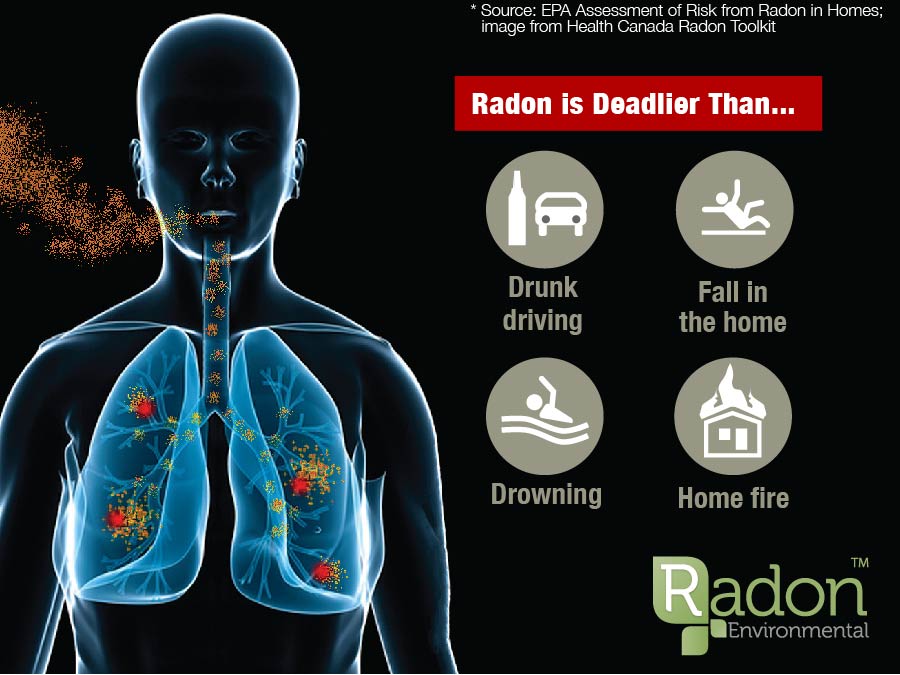Today is World Lung Cancer Day. Lung Cancer claims more lives worldwide than breast, prostate and colon cancer combined. Radon induced lung cancer is real and preventable. Like most people, Janet thought only people who smoked got lung cancer. But that’s not the case. Watch her story.
Rachael Malmberg was diagnosed with stage 4 lung cancer at age 31. The former national-level U.S. hockey player had never smoked and had lived a perfectly healthy life. Since her diagnosis, Malmberg has become an advocate for radon testing. Read more about Rachel's story.
Radon is the leading cause of lung cancer among nonsmokers, according to EPA estimates. Overall, radon is the second-leading cause of lung cancer (after smoking). Health Canada recently increased its estimate of radon induced lung cancer deaths to approximately 16% of all lung cancers or approximately 3,200 Canadians that die annually from radon exposure.
Health Canada's policy is that all Canadian homes should be tested for radon and mitigated if above the action guideline. Interestingly, many people do not choose to mitigate after finding their dwellings have elevated radon levels. Mitigation need not be difficult or costly.
The only way to know how much radon may be present in your indoor air is to test for it. You can order a radon test online to test your home - it’s easy and inexpensive!






